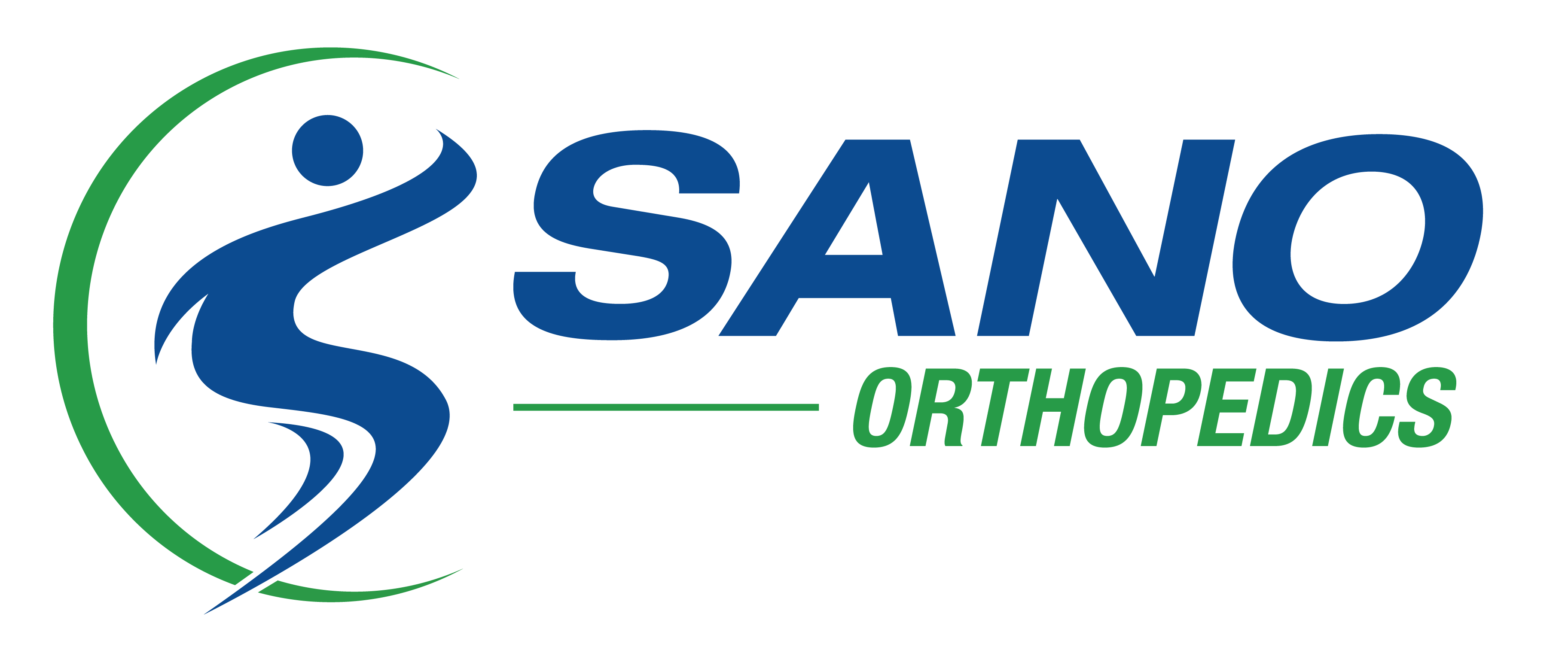What is the rotator cuff?
The rotator cuff is a group of four muscles (subscapularis, supraspinatus, infraspinatus, and teres minor) that come together as tendons to form a covering around the head of the humerus (shoulder ball). The rotator cuff attaches the humerus to the shoulder blade and helps to lift and rotate your arm. Net, the rotator cuff muscles are responsible for shoulder rotation and form a cuff around the head of the humerus (shoulder ball).
A rotator cuff tear is a common cause of pain and disability among adults. A fall or traumatic injury may cause a rotator cuff tear and deterioration of the tendons over time. A torn rotator cuff will weaken your shoulder. This results in pain for many everyday activities, such as brushing your hair or getting dressed.
Rotator cuff injuries
A sudden fall, accident, or heavy lifting may cause a tear to the rotator cuff. There may be a snapping sensation and immediate weakness in the upper arm, indicating a tear has occurred. However, degeneration of the tendon is more common, which happens as we age. This general, slow wear and tear of the rotator cuff cause pain in everyday movement.
Types of Rotator Cuff Injuries
Several types of rotator cuff injuries exist. Some of the most common injuries are:
Rotator cuff tendonitis – Rotator cuff tendonitis is inflammation of one or more rotator cuff tendons.
Biceps tendonitis – The long head of the biceps is located within the shoulder, has a tremendous amount of nerve fibers, and is a common source of soreness and pain.
Shoulder impingement syndrome – Shoulder impingement syndrome occurs when the rotator cuff tendons are intermittently trapped and compressed during shoulder movements.
Partial rotator cuff tear – A partial rotator cuff tear has occurred when the tendon is still attached but some fraying or tear is noticed.
Full rotator cuff tear – In a full rotator cuff tear, the tendon is torn from the attachment site at the bone.
Frozen Shoulder –Inflammation or injury in the shoulder causes the shoulder to lose the normal range of motion.
Rotator Cuff Treatments
When possible, the first treatment option is non-surgical. Your orthopedic may suggest physical therapy, over-the-counter anti-inflammatories, or injections. Surgery may be the best road to recovery if these methods have not reduced pain.
Your orthopedic surgeon will determine the best surgical treatment depending on your injury, activity goals, medical history, and pain. In most cases, surgery is performed outpatient through the arthroscope. Some shoulder procedures include arthroscopic rotator cuff repair, biceps tenodesis (disconnecting and reconnecting the tendon), and removing bone spurs within the shoulder.
The recovery timeline from surgery varies by individual. A typical road map to wellness has several phases with full release 12 to 24 weeks after surgery.
Shoulder Rehab
Dr. Daggett’s patients recovering from shoulder surgery will follow a rehab protocol called the JPL rehab program. There are four key phases to full recovery:
Phase 1 – Patients start JPL exercise program on the third-day post-surgery. Patients continue using JPL 3 to 5 times a day. Outside of therapy, a sling is worn full-time.
Phase 2 – Physical therapy starts on week two and may continue for 6 weeks, depending on the patient. The focus in weeks 2 – 8 is to achieve full range of motion. Patients typically discontinue use of the sling around week 4 or 5.
Phase 3 – During weeks 8 to 12, patients maximize the range of motion. Progressive strengthening begins.
Phase 4 – Three to four months of post-surgery, patients typically resume normal activities. Many will need to continue strengthening their shoulder.
